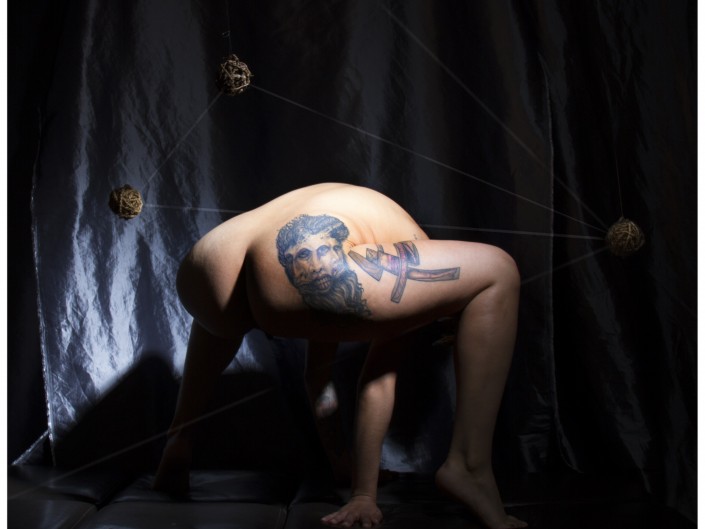“Half of me is beautiful
but you were never sure which half.”
— Ruth Feldman, “Lilith”
The story of Lilith originated in the ancient Near East, where a wilderness spirit known as the “dark maid” appears in the Sumerian myth “The descent of Inanna” (circa 3000 BCE). Another reference appears in a tablet from the seventh century BCE found at Arslan Tash, Syria which contains the inscription: “O flyer in a dark chamber, go away at once, O Lili!”
Lilith later made her way into Israelite tradition, possibly even into the Bible. Isaiah 34:14, describing an inhospitable wilderness, tells us: “There goat-demons shall greet each other, and there the lilit shall find rest.” Some believe this word “lilit” is a reference to a night owl, and others say it is indeed a reference to the demon Lilith. A magical bowl from the first century CE, written in Hebrew, reads:” Designated is this bowl for the sealing of the house of this Geyonai bar Mamai, that there flee from him the evil Lilith…” Ancient images of Lilith which show her hands bound appear to be a form of visual magic for containing her.
In the Talmud, Lilith becomes not only a spirit of darkness but also a figure of uncontrolled sexuality. The Babylonian (Shabbat151a) says: “It is forbidden for a man to sleep alone in a house, lest Lilith gets hold of him.” Lilith is said to fertilize herself with male sperm to give birth to other demons.
My series narrates some of the scenes in Lilith’s life, from its creation to its destruction and exile from paradise.
Possibly Lilith wondered in the end if God had acted with justice if she was wrong, soon discovered the truth, and finally forgot HIM.

















